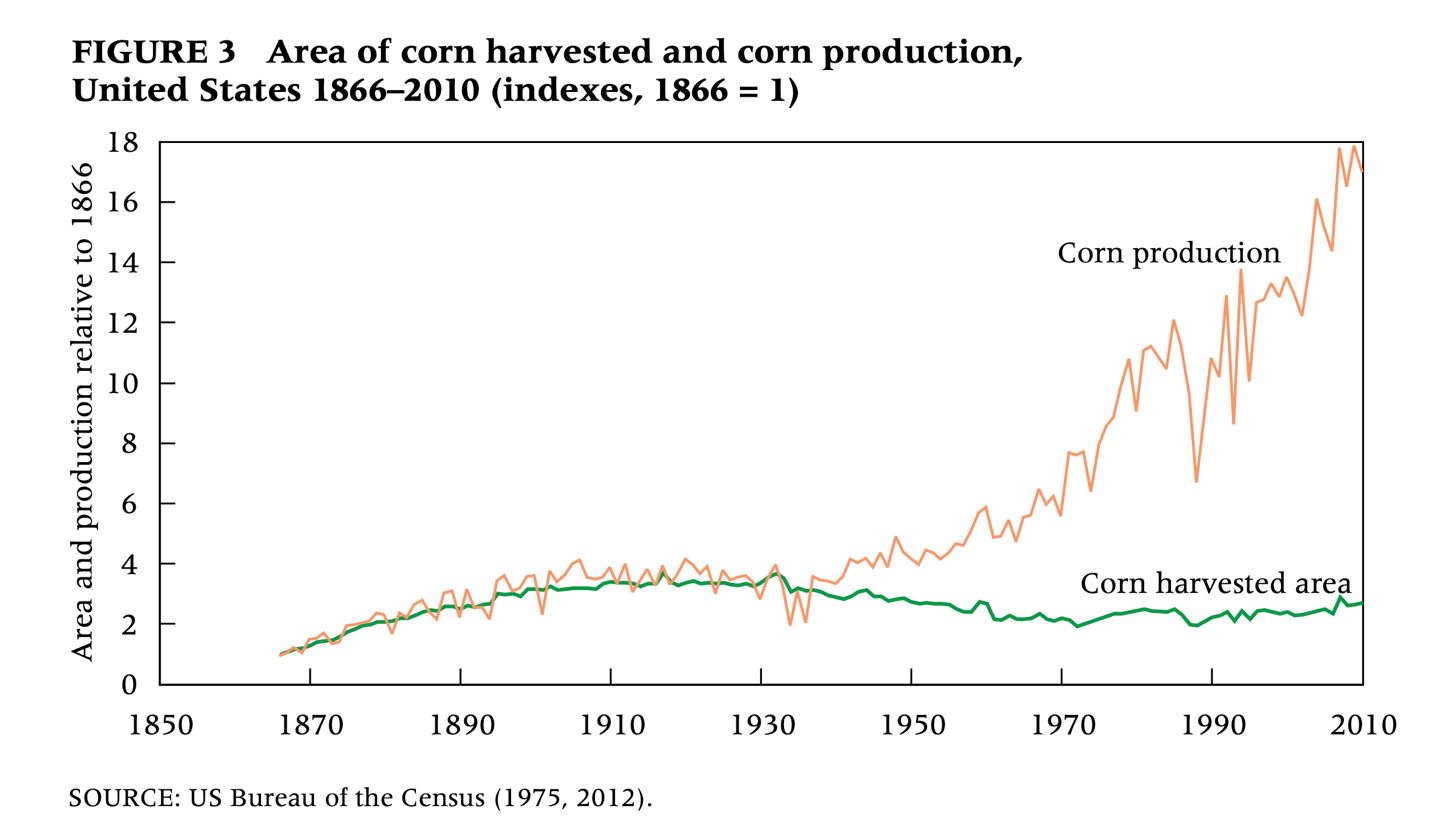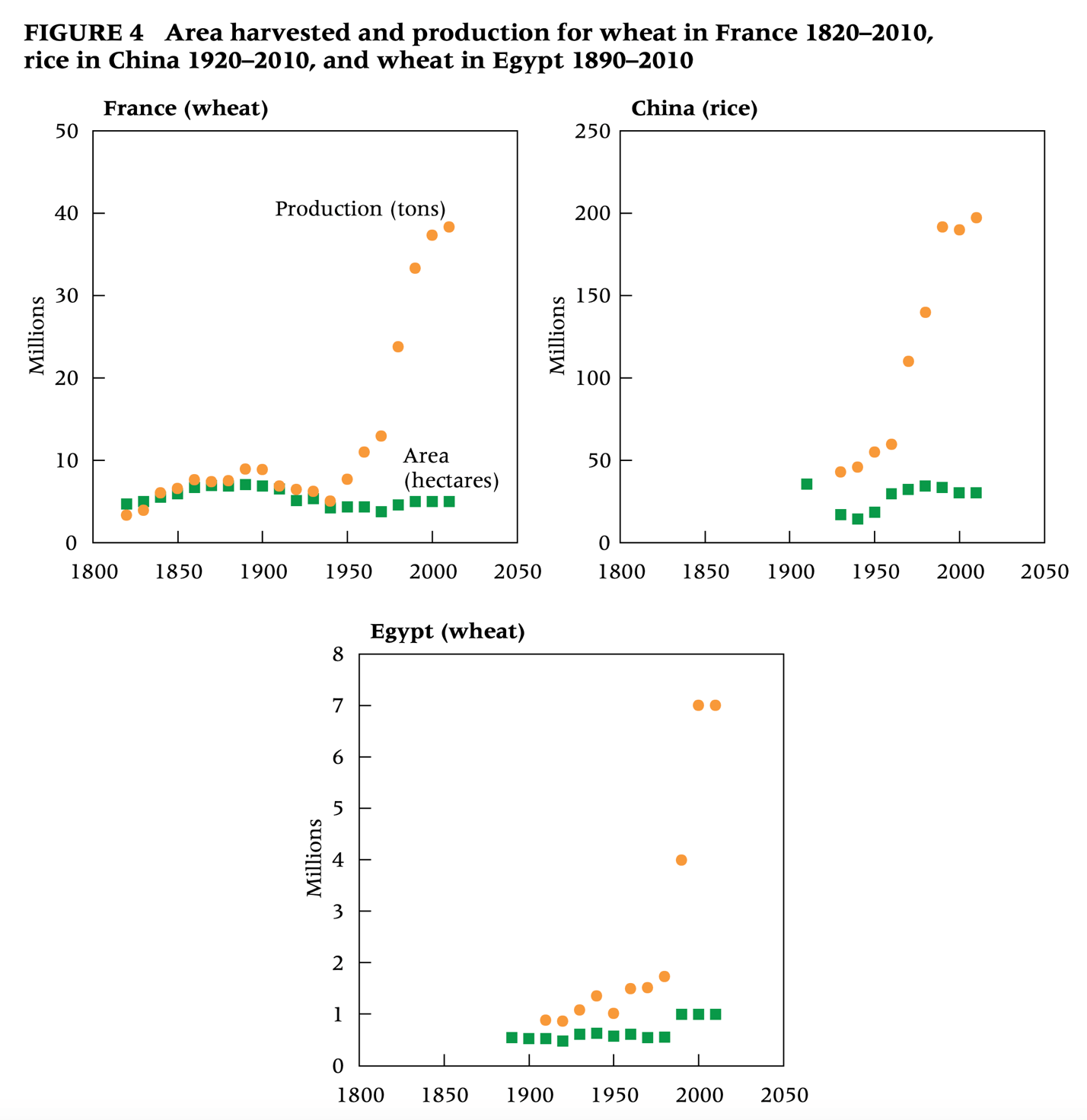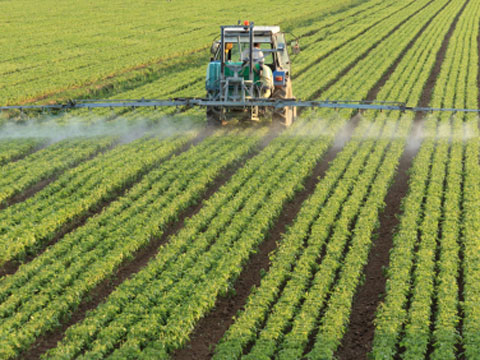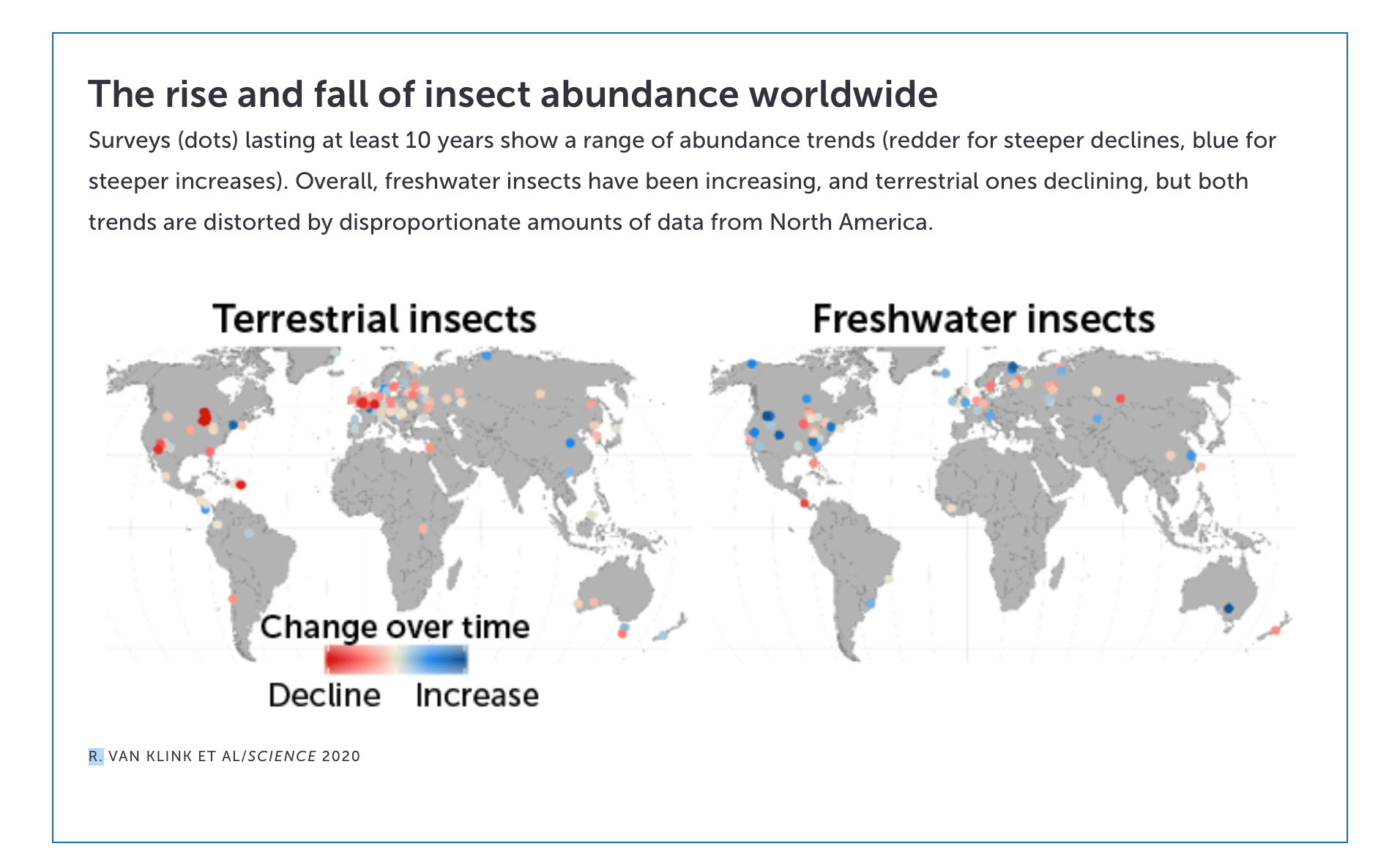But scientists remained queasy about what they increasingly came to believe was a simplistic narrative. None of the studies reaching ‘disaster conclusions’ was comprehensive. All were steeped in assumptions that could radically skew the data. Most of the world’s insect population centers were not even studied. And the declines were far from uniform. In some localities, there were reports of increases in overall insect population, and some types of insects are increasing in abundance across the world.
Which brings us to the 2020 meta-study of 166 long-term surveys by Roel van Klink at the German Center for Integrative Biology and his team of 30 scientists. For the first time, scientists had a full platter of studies, covering much of the world. Here was data that might answer questions that by now had turned highly ideological.
The few journalists who picked up on the study’s release noted the finding that insect declines were far less than reported in the smaller-scale studies, and indeed, no catastrophe was imminent. In fact, freshwater insects like mayflies and dragonflies actually have increased over the years, they found, and insect declines in the US, especially in Midwest agricultural areas, began leveling off at the turn of the century.
That doesn’t mean there isn’t a real and significant problem, as van Klink took pains to point out—he called the situation “awfully alarming.” But the difference between a “hair on fire” apocalypse and a serious problem is that there is time to get a better understanding of the causes and, hopefully, make rational decisions to constructively address them.
And it was precisely on the question of causation that the new study fundamentally challenged the “accepted narrative” that modern agriculture and the overuse of pesticides are driving the observed declines.
Effects of modern agriculture
Van Klink’s finding that “crop cover,” which is the phrase he uses to describe farmland, is correlated with increases in insect populations runs directly contrary to the speculations—more often than not presented as fact—that modern farming, especially the use of GMOs and pesticides, is the problem.
The second bugaboo, climate change, also didn’t appear on the suspect list; there was simply no correlation, positive or negative. The primary driver was urbanization, most likely due to the destruction of natural habitat as swamps are drained, rivers channelized, woodlands cleared and land is paved over for housing developments, roadways and shopping malls.
We found moderate evidence for a negative relationship between terrestrial insect abundance trends and landscape-scale urbanization, potentially explained by habitat loss and light and/or chemical pollution associated with urbanization. By contrast, insect abundance trends were positively associated with crop cover at the local (but not landscape) scale in both realms. Specifically, in the terrestrial realm, temporal trends became less negative with increasing crop cover …
Of course, the positive association between agriculture and insect population increases applies to existing fields, not forest or natural grassland cleared for cultivation. As van Klink has pointed out in interviews, the conversion of land to accommodate more farming would also destroy habitat.
But that is exactly the point if sustainability is the key: using technology to boost yields on existing cropland—growing more food on less land—is the most important action we can take to protect habitat and biodiversity.
And that’s what’s been happening. In a 2013 paper titled “Peak Farmland and the Prospect for Land Sparing,” three scholars at Rockefeller University calculated that global increases in crop yields as the result of advanced technologies, including genetic engineering, meant it took about one-third the amount of land in 2010 to grow the same amount of food as in 1961.
The graphs below, taken from the paper, highlight an event that has since been replicated around the world: after World War II total agricultural production, which until then had been largely circumscribed by the amount of land under cultivation, began a steep ascent as farming entered the modern era.

[To see this process unfold in time, check out the animated charts on crop yields at Our World in Data.]
The boom happened almost simultaneously across the world, from rice in China to wheat in France and Egypt.

The spur for these dramatic productivity gains is no mystery. After World War II, many of the key agricultural inputs—particularly modern pesticides, synthetic fertilizers, and advanced hybrid crops—came online in a major way. The rise accelerated with the advent of the Green Revolution in the early 1960s, and began to be widely dispersed around the world, rescuing many countries, such as India, from the brink of mass starvation.
It is this unprecedented historic decoupling of production from land—what has become known as intensive agriculture—that so many in the environmental movement demonize and seek to reverse. One of their central claims: intensive farming is the primary culprit driving biodiversity loss and insect declines.
Yet, a careful look at the data shows the narrative touting small-scale organic-focused farming as a necessary alternative is outdated, even reactionary, writes Ted Nordhaus at the Breakthrough Institute:
Low-productivity food systems have devastating impacts on the environment. As much as three-quarters of all deforestation globally occurred prior to the Industrial Revolution, almost entirely due to two related uses, clearing land for agriculture and using wood for energy.
… attempting to feed a world of seven-going-on-nine billion people with a preindustrial food system would almost certainly result in a massive expansion of human impacts through accelerated conversion of forests, grasslands, and other habitat to cropland and pasture.
… we need to accelerate the long-term processes of growing more food on less land. … raising yields while reducing environmental impacts will require that we farm with ever-greater precision. Raising yields through greater application of technology has often meant more pesticides, fertilizer, and water. But as technology has improved, these trends have begun to reverse.
The organic deficit
The charm of farmer’s markets, Nordhaus writes, is not enough to abandon a system that is limiting land use to counter the effects of urbanization and driving down chemical toxicity levels. It should be noted that organic farming yields on average 10-40 percent less than non-GMO farming, which in turn is about 15 percent less productive than farms using advanced biotechnology. A recent study by the organic advocacy group IDDRI found that if Europe were to adopt agro-ecological food production practices, productivity would decrease by an average of 35 percent—meaning more than percent more organic-cultivated land would be needed to produce the same amount of food as produced conventionally.

The math of land saving through the use of modern technologies is so compelling and the yield deficits of organic production so thoroughly cataloged that they can’t be gainsaid. Anti-technology advocates generally prefer to avoid the topic altogether, focusing instead on Goulson-style claims about the adverse effects of chemical pesticides and ignoring organic farmers’ reliance on mechanical plowing using carbon-belching equipment as a form of weed control, which is massively destructive to soil health and biodiversity, and is a major contributor to carbon pollution.
The major sustainability contribution of conventional agriculture is the advent of no-till farming, which began with the use of chemical herbicides like atrazine and accelerated with the debut in 1996 of herbicide-tolerant GMO crops tied to glyphosate. GMO no-till farming has resulted in a massive reduction in carbon release estimated at 37 percent by the Belgian research institute VIB.
The turn away from efficient, intensive agriculture to accommodate the ideological fashion of our times could be a disaster for the fragile insect population. Population growth and growing affluence in the developing world over coming decades will require a sharp increase in necessary food calories, which can only occur by expanding farmable acreage—or by increasing yields on currently available acres.
All of these facts make the German meta-study very uncomfortable for organic farming advocates. The correlation in insect population increases with crops challenges the widespread damage to biodiversity they have been claiming. That may be why most of the major media reporting on the study, such as the BBC, simply ignored the finding, while others—Guardian, Reuters, Smithsonian—included swipes at pesticides not raised by the study authors and written in such a way that the average reader would assume it was backed up by research.
How fast is the decline? How real is the decline?
Trying to determine a global rate of decline, when the data is so uneven and, as the authors say, almost all effects are local and variations are so high even among adjacent sites, is fraught with difficulty. Nevertheless, the new study pins the rate of decline of land-based insects at just under one percent annually, which translates to an 8.3 percent decline per decade.
The study authors note some questions about the scope of the global decline, explaining that it was heavily influenced by what they term “outlier” studies with anomalously high findings. If these outliers are excluded, they say, insect populations would decline by far less, about 15 percent over 25 years.
This too is not good, but it’s not an apocalypse; and there is time to turn things around even if the estimated trends are accurate. That hopeful take is actually supported by another important, though largely ignored, finding in the study, which is that the terrestrial insect declines in North America were no longer negative after 2000 and freshwater insects increased dramatically.
The fact that North American trends began plateauing or improving around 20 years ago suggests we are headed in the right direction in what had been up until then, according to the authors, the worst performing part of the world. Statistically speaking, once North American data was excluded, the study states that there was only “weak evidence for a negative mean tend” in global populations.
Geography and models
We all naturally gravitate to the headline numbers coming out of these studies. They’re simple, easy to remember and give us a sense of concreteness. Unfortunately, they are probably the least reliable and meaningful findings of all. If the ongoing COVID-19 pandemic has taught us anything, it’s that we should understand complex statistical modelling for what it is: a hypothesis generator or a sophisticated “best guess,” given current knowledge that may, as more facts come to light, prove to be anything from fairly close to wildly off the mark.
All one has to do is look at the maps of the geographic distribution of the studies included in van Klink’s analysis to realize just how problematic any conclusion about global trends is, considering the lack of data from most of the world. The vast majority of studies came from North America and Europe (by my count, almost 2/3 of all the studies).

There is a total of two studies from all of Africa, relatively few from Asia, and none at all from South Asia (India, Pakistan and Bangladesh). There is a single study from the Amazon, one of the richest sources of insect life on the planet.
These gaps are magnified by the fact that most of these studies concern only one specific order or family of insect, or some other sub-division (e.g. parasitoid wasps). But we know that different insect species vary enormously in their response to changes in climate, weather, disease, pollution and habitat destruction. It simply isn’t plausible that a model can compensate for what is, unfortunately, a massive quantity of unknowns, including, to borrow a phrase, many unknown unknowns, when it comes to insect population trends. Simply said, the likelihood of sampling error is immense.
It should be emphasized that none of this is to take away from the prodigious work of the van Klink research team. Almost all the criticisms outlined here are acknowledged and discussed by the authors themselves.
One of the most refreshing aspects of this study, in fact, has been the humility with which this team, which did some of the best and most thorough work yet trying to establish global insect trends, has presented their results. In an article accompanying the study in Science, addressed to researchers not associated with the project, the team points the way forward for others in this field, and indeed in any scientific endeavor.
Advances in our knowledge about ongoing biodiversity changes and ability to predict future ones will require the incorporation of layers of nuance in patterns of change and drivers of that change.
The temptation to draw overly simple and sensational conclusions is understandable because it captures the attention of the public and can potentially catalyze much-needed action in policy development and research arenas. However, fear-based messages often backfire. This strategy has the grave risk of undermining trust in science and can lead to denialism, fatigue, and apathy. Embracing nuance allows us to balance accurate reporting of worrying losses with hopeful examples of wins. Hope is a more powerful engine of change than fear.
Jon Entine is the Executive Director of the Genetic Literacy Project and a lifelong journalist with 20 major journalism awards. Follow him on Twitter @JonEntine
This article previously appeared on the GLP November 10, 2023.

